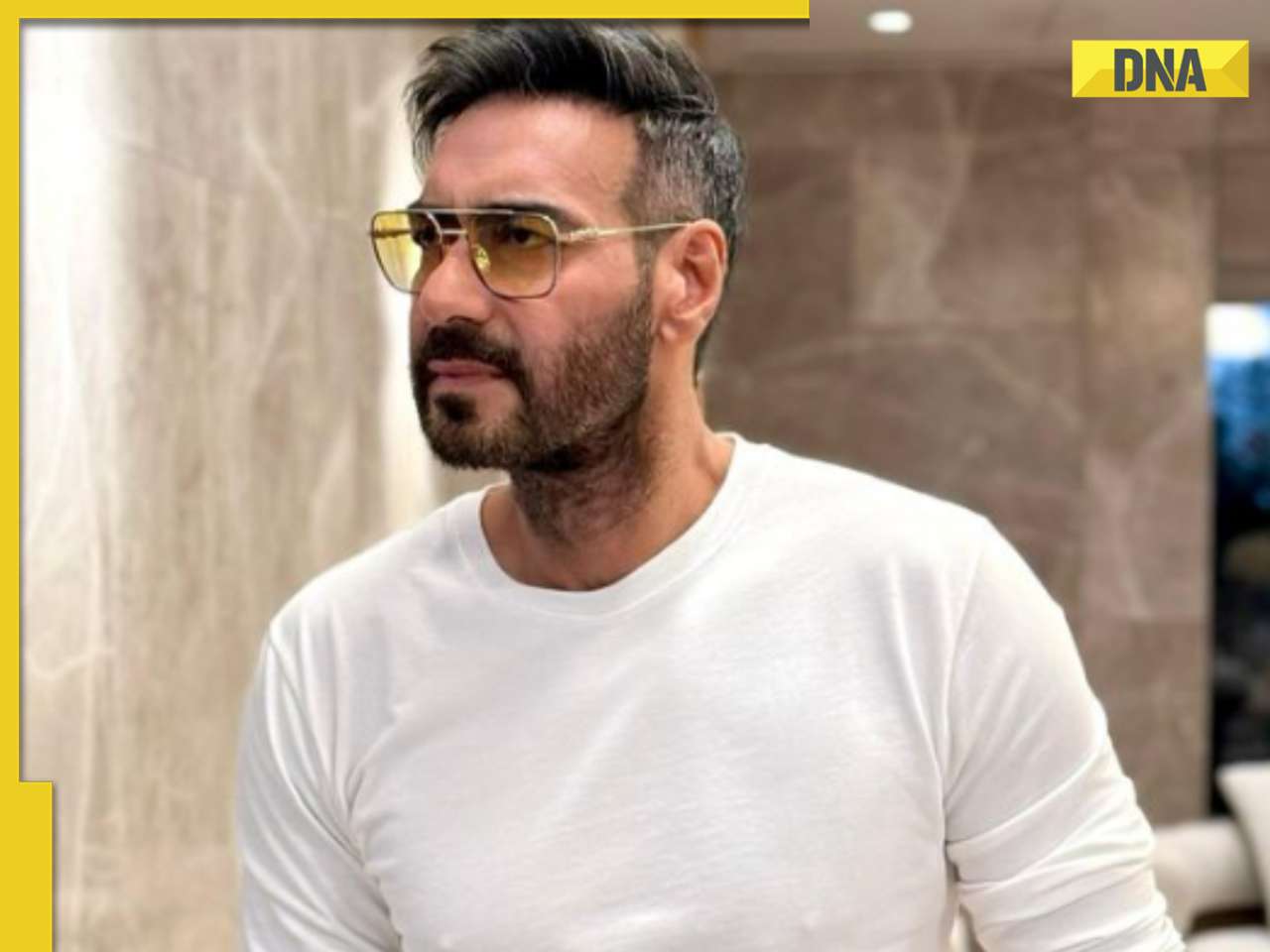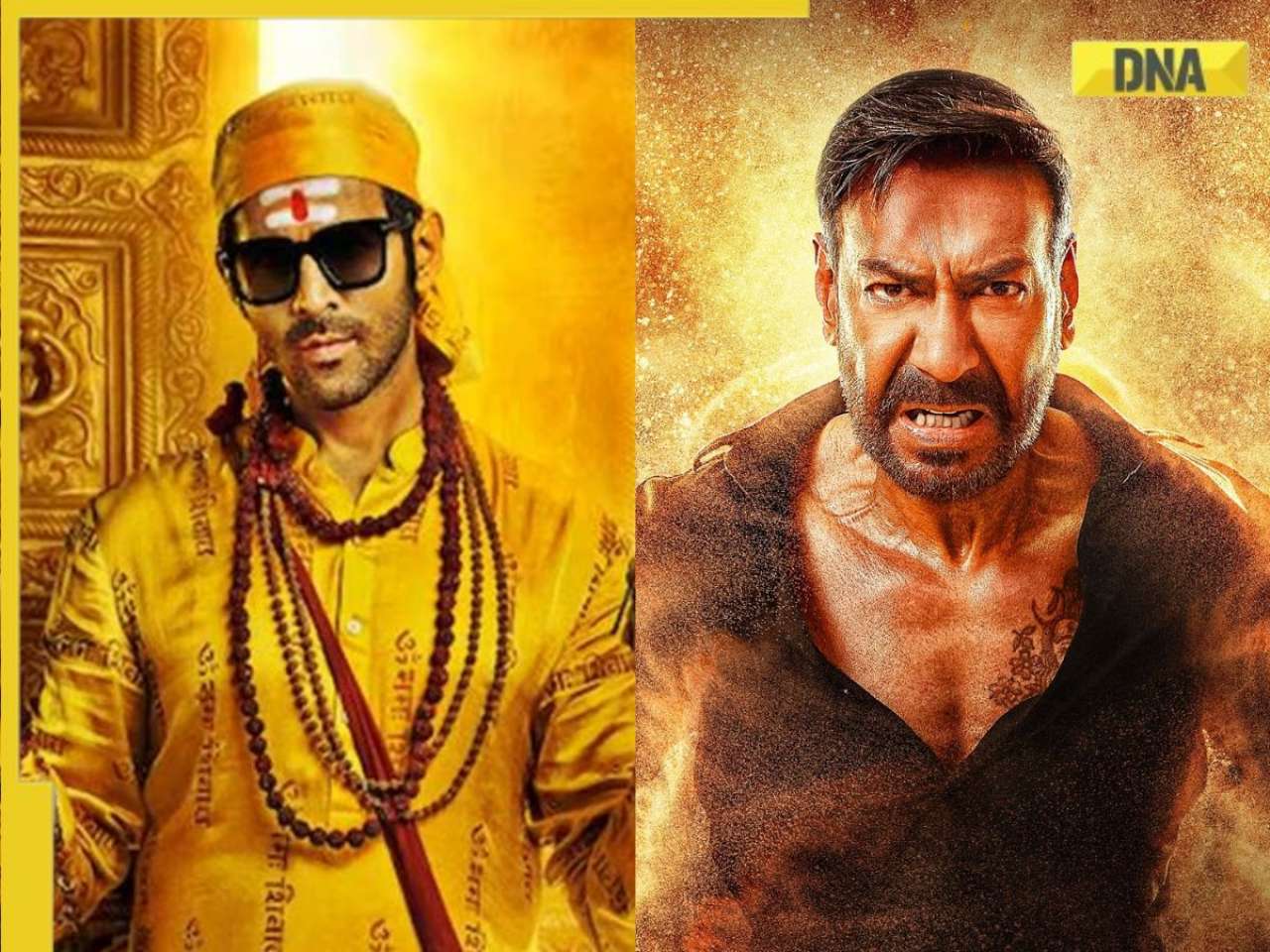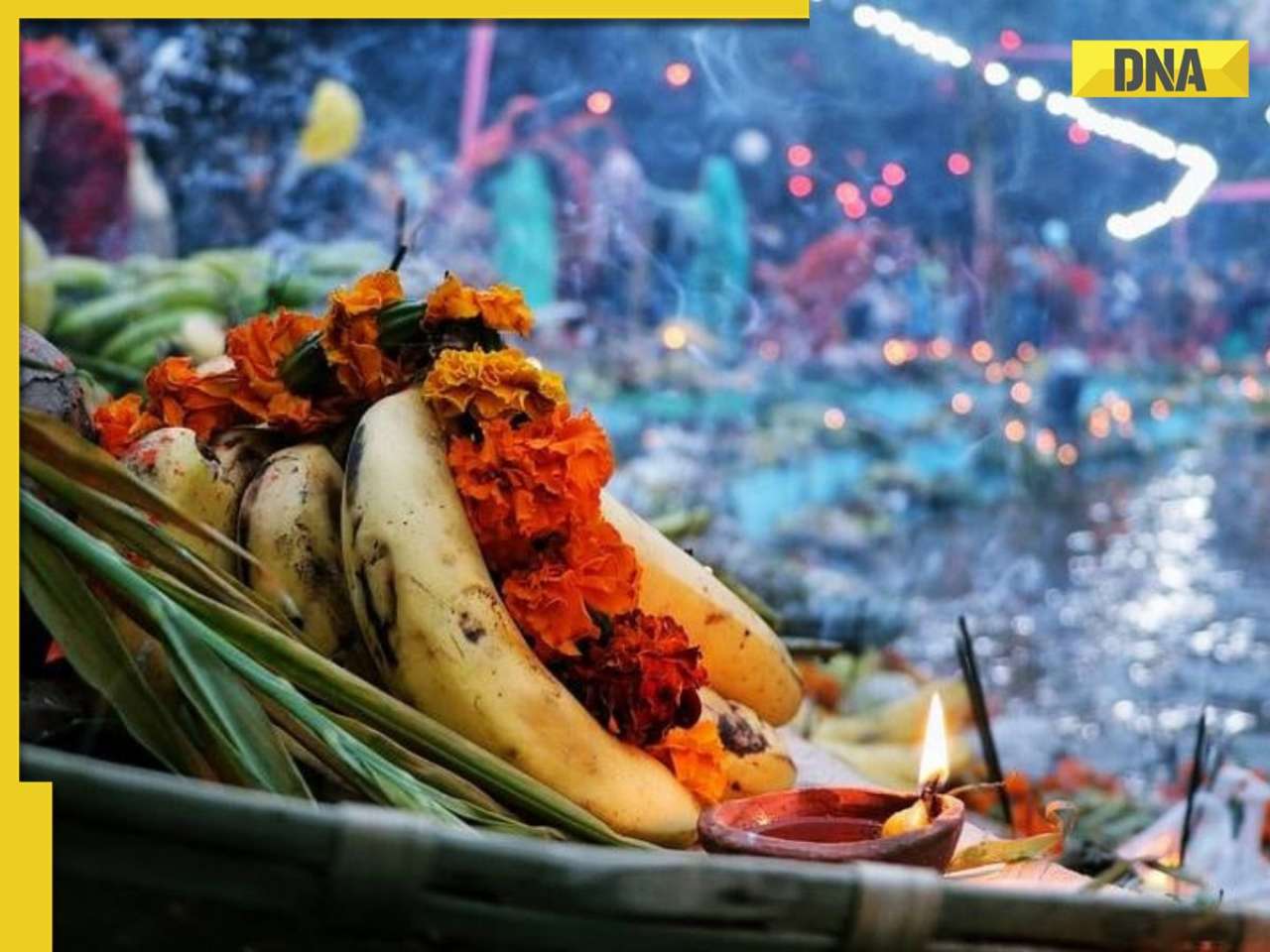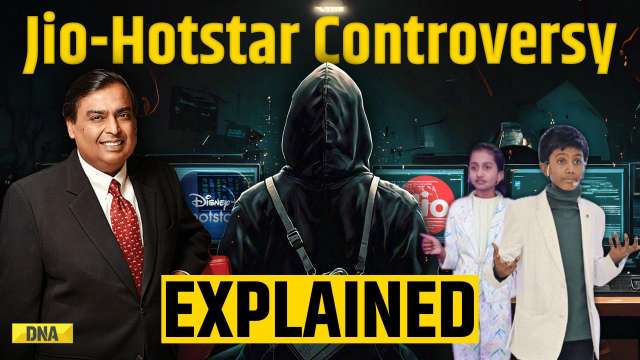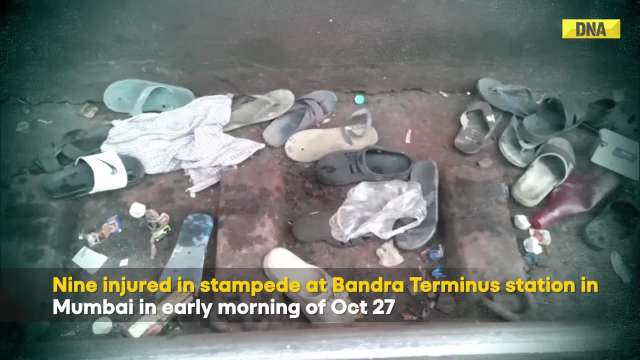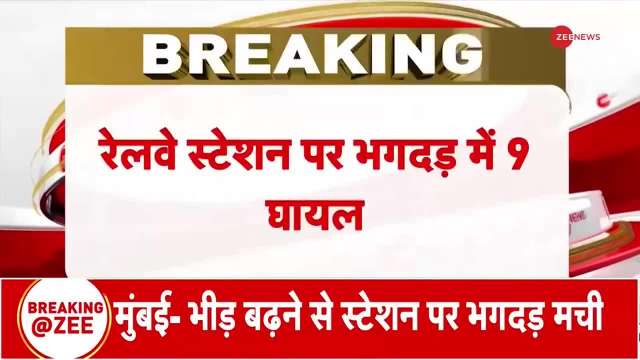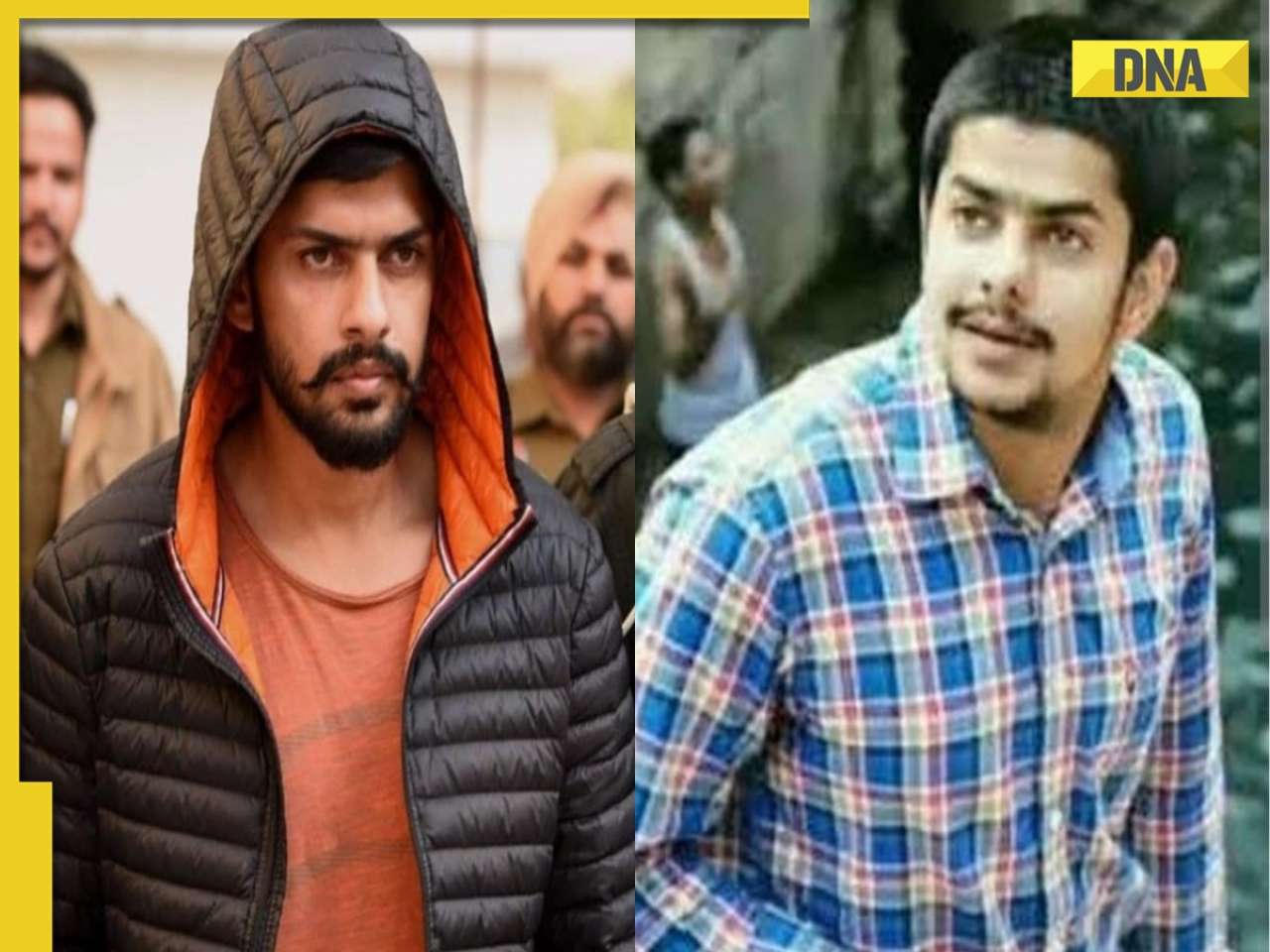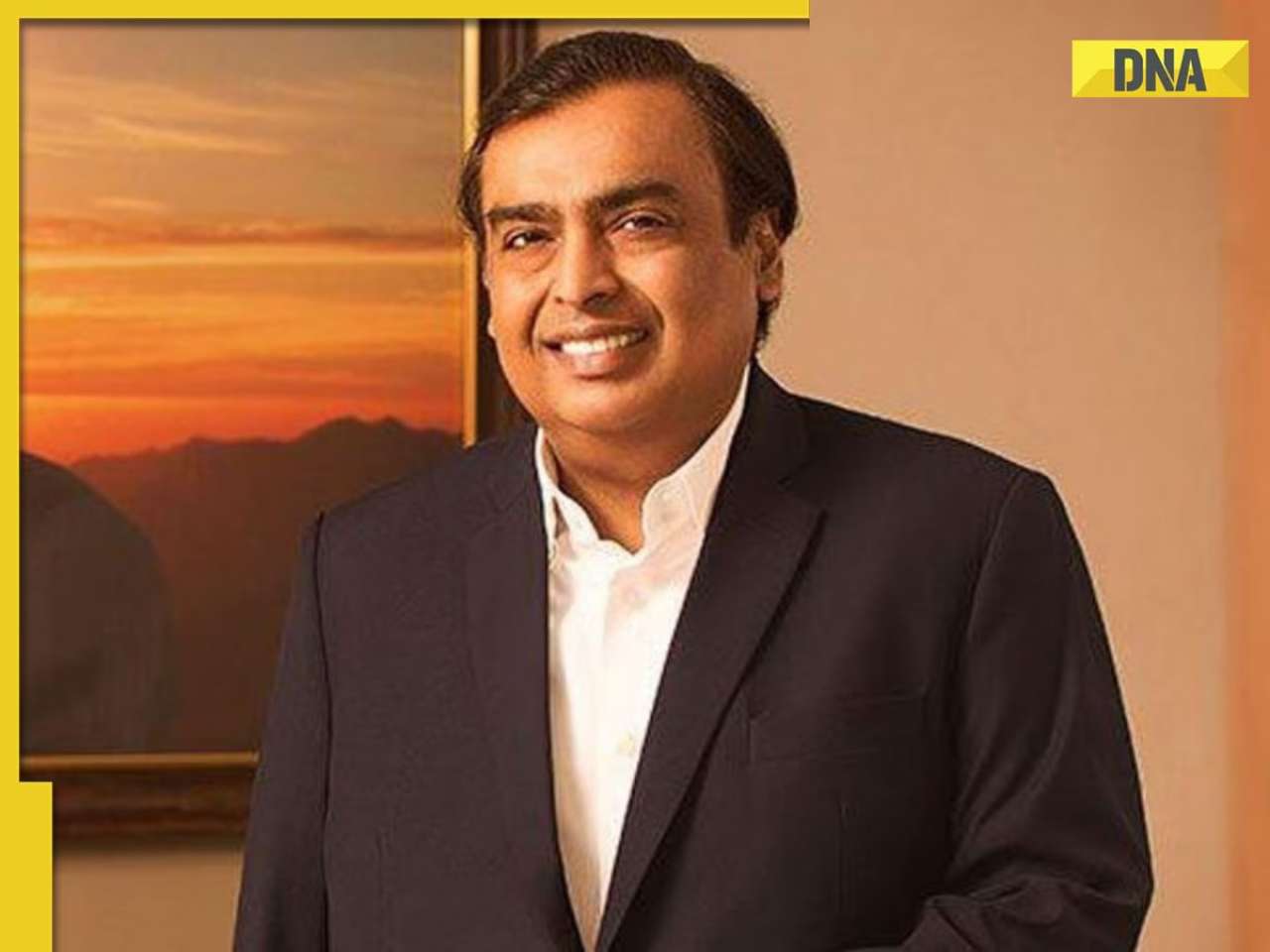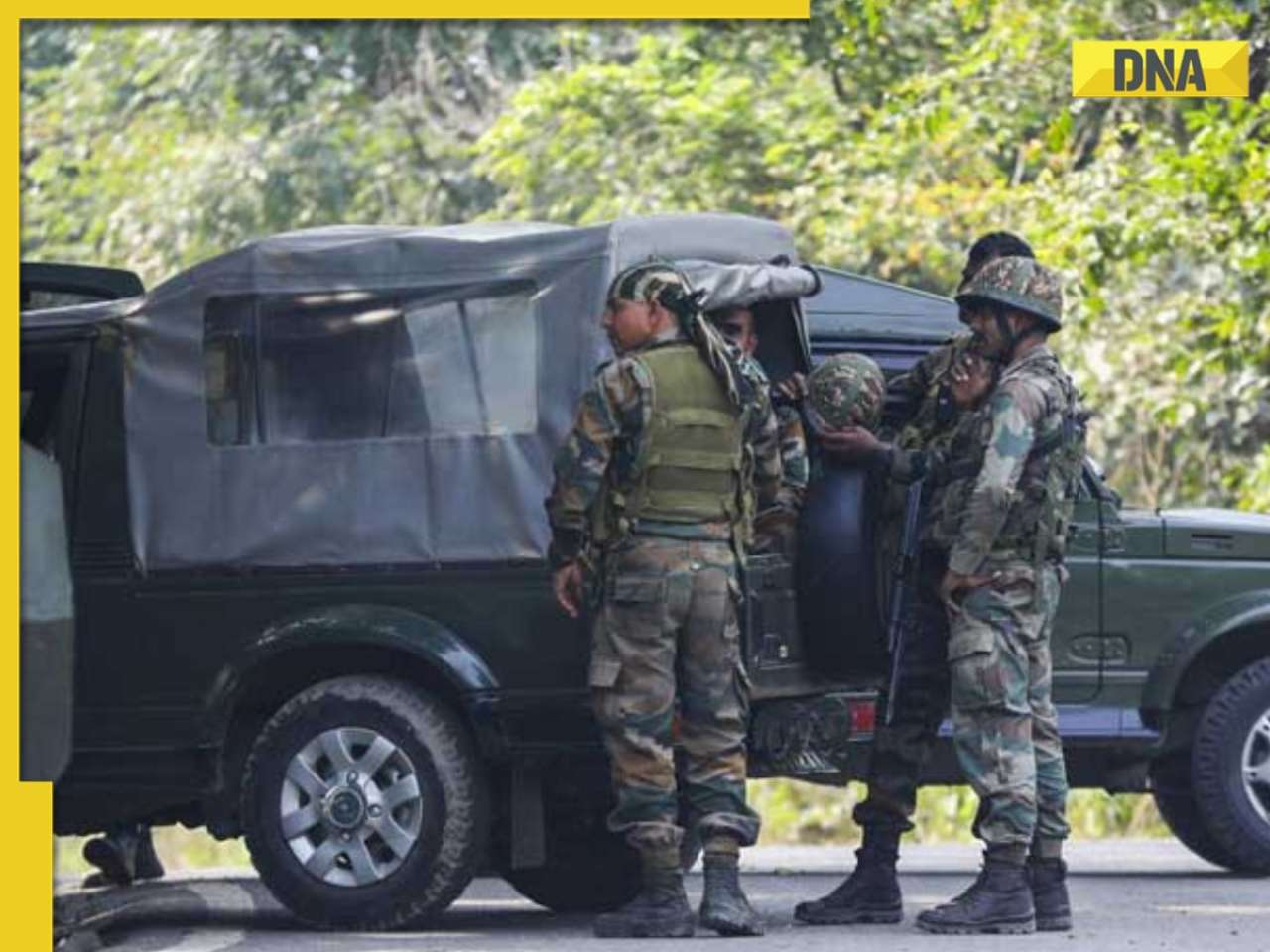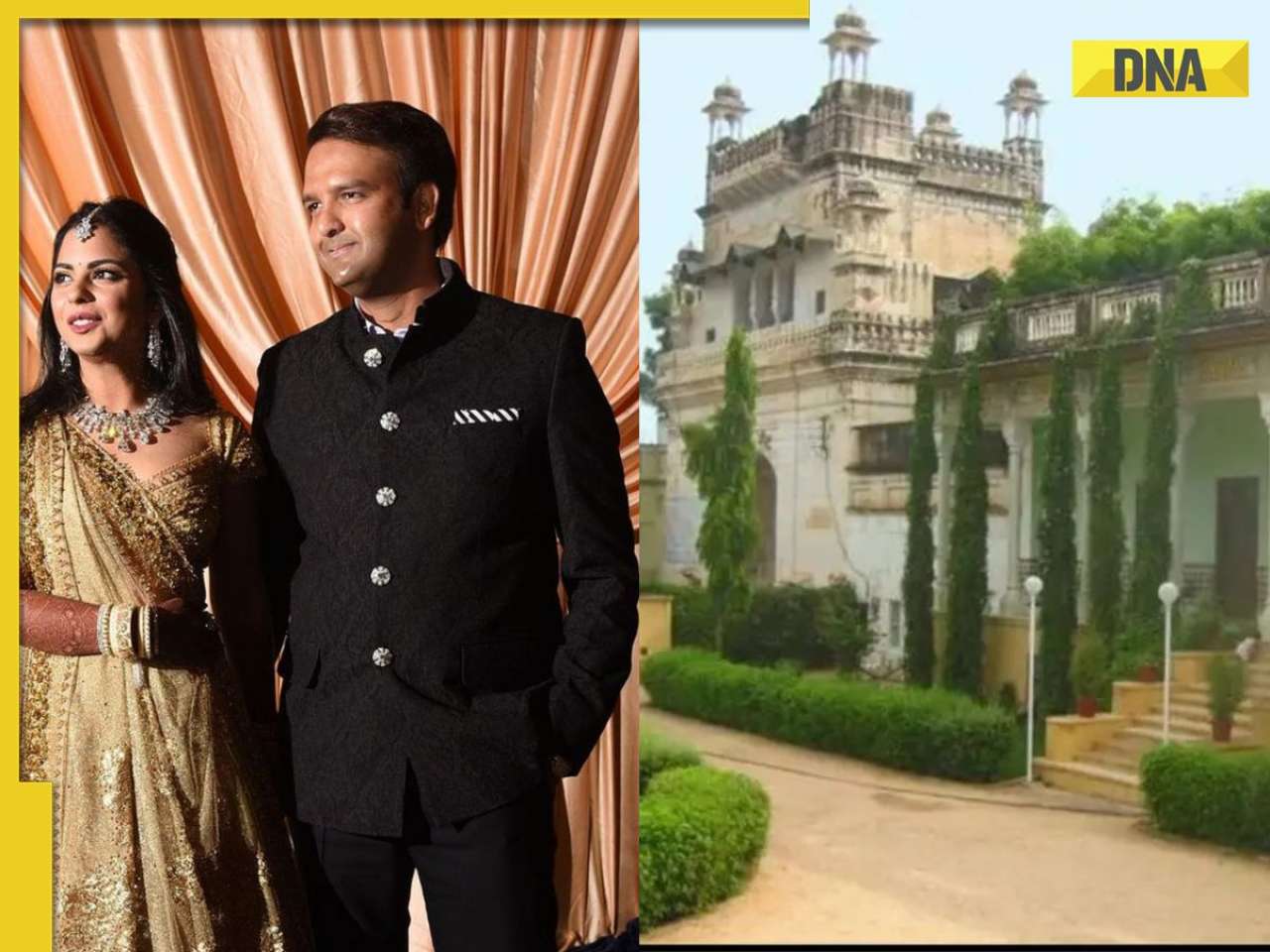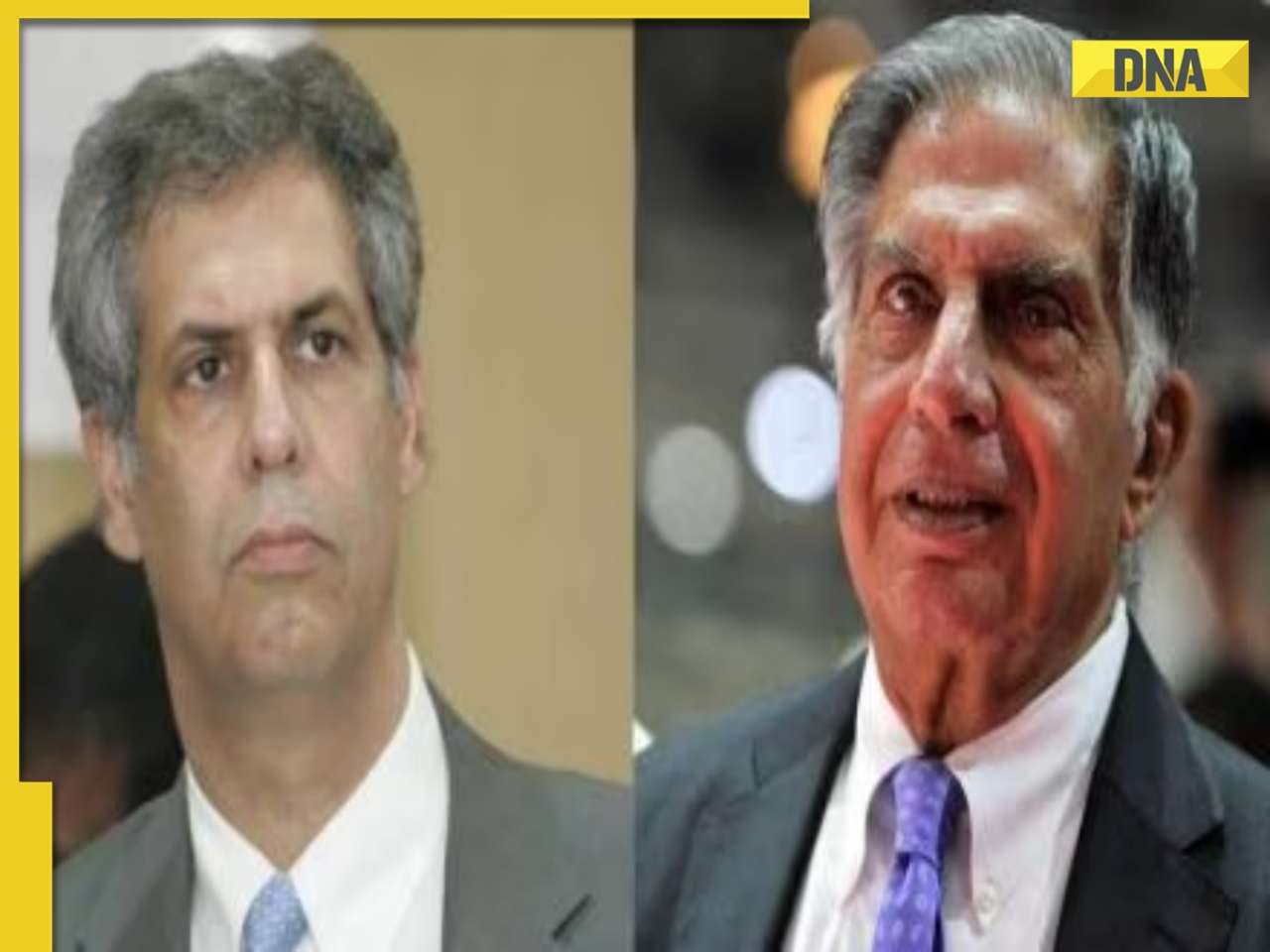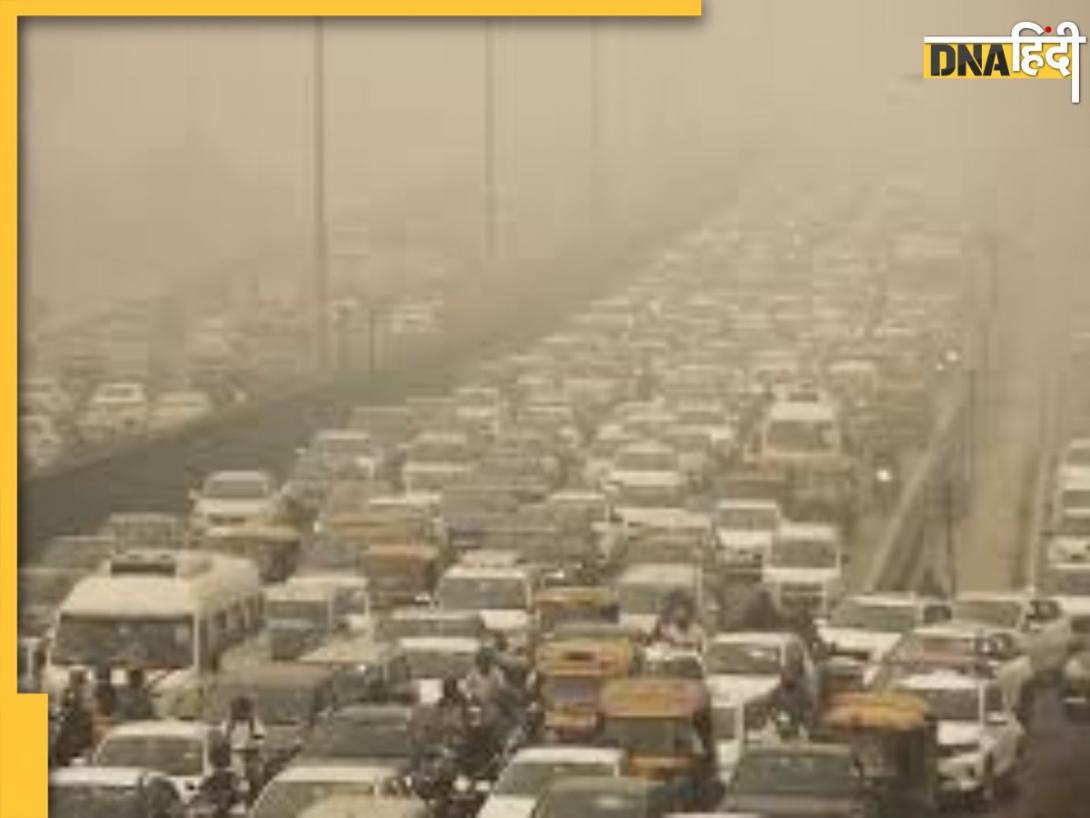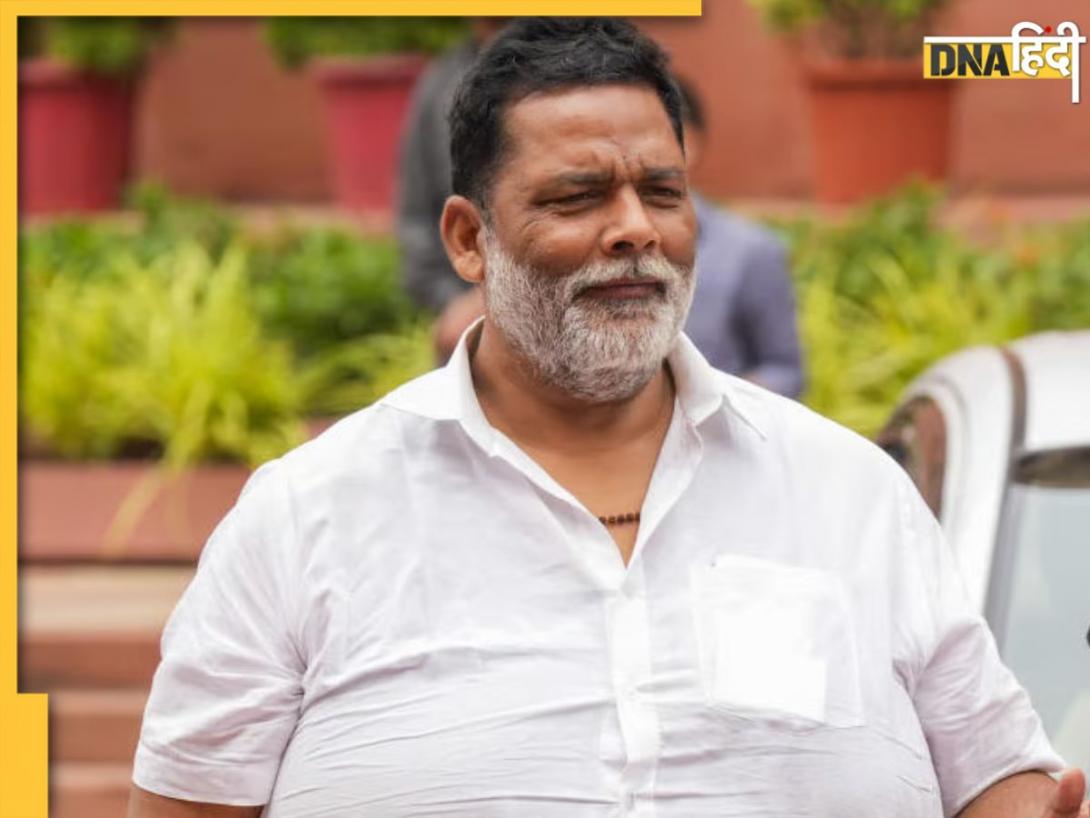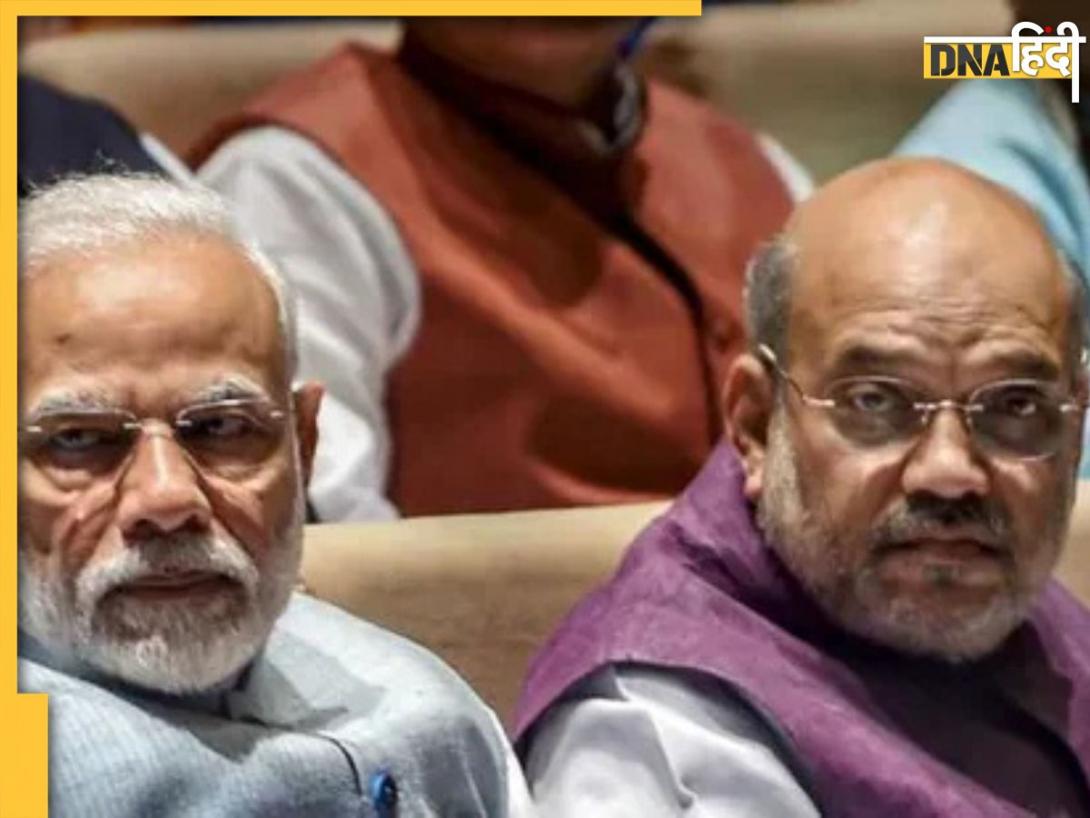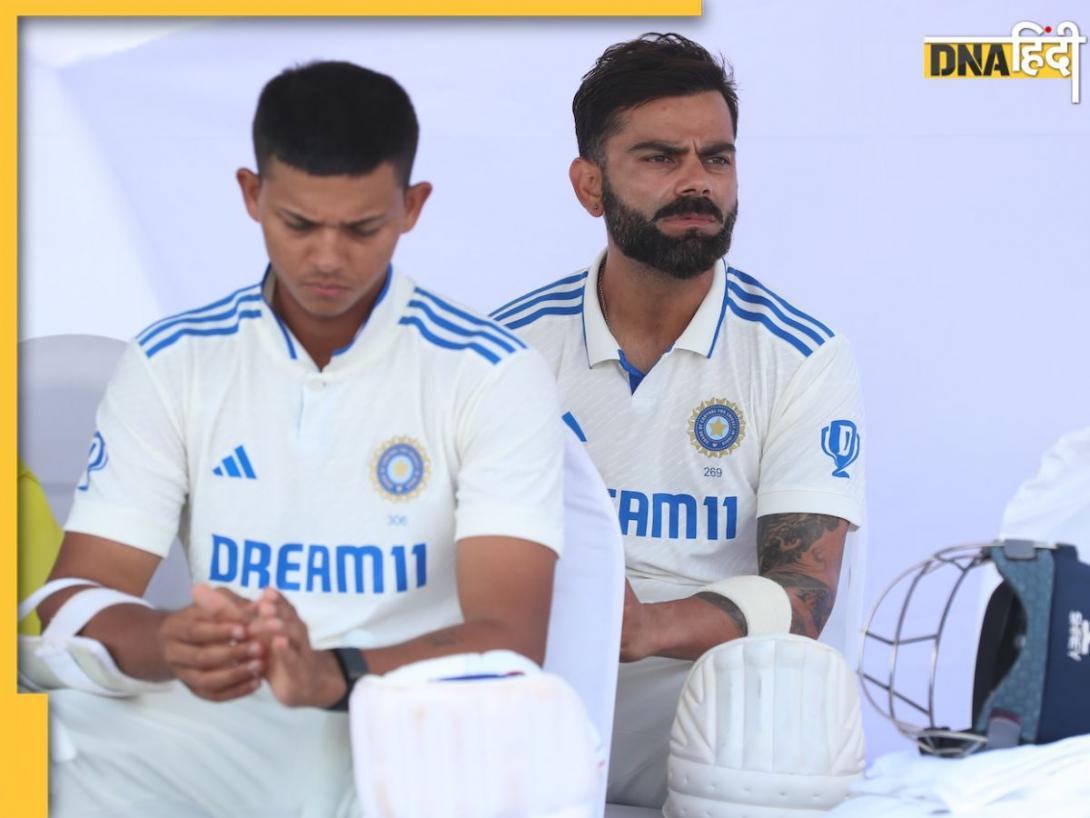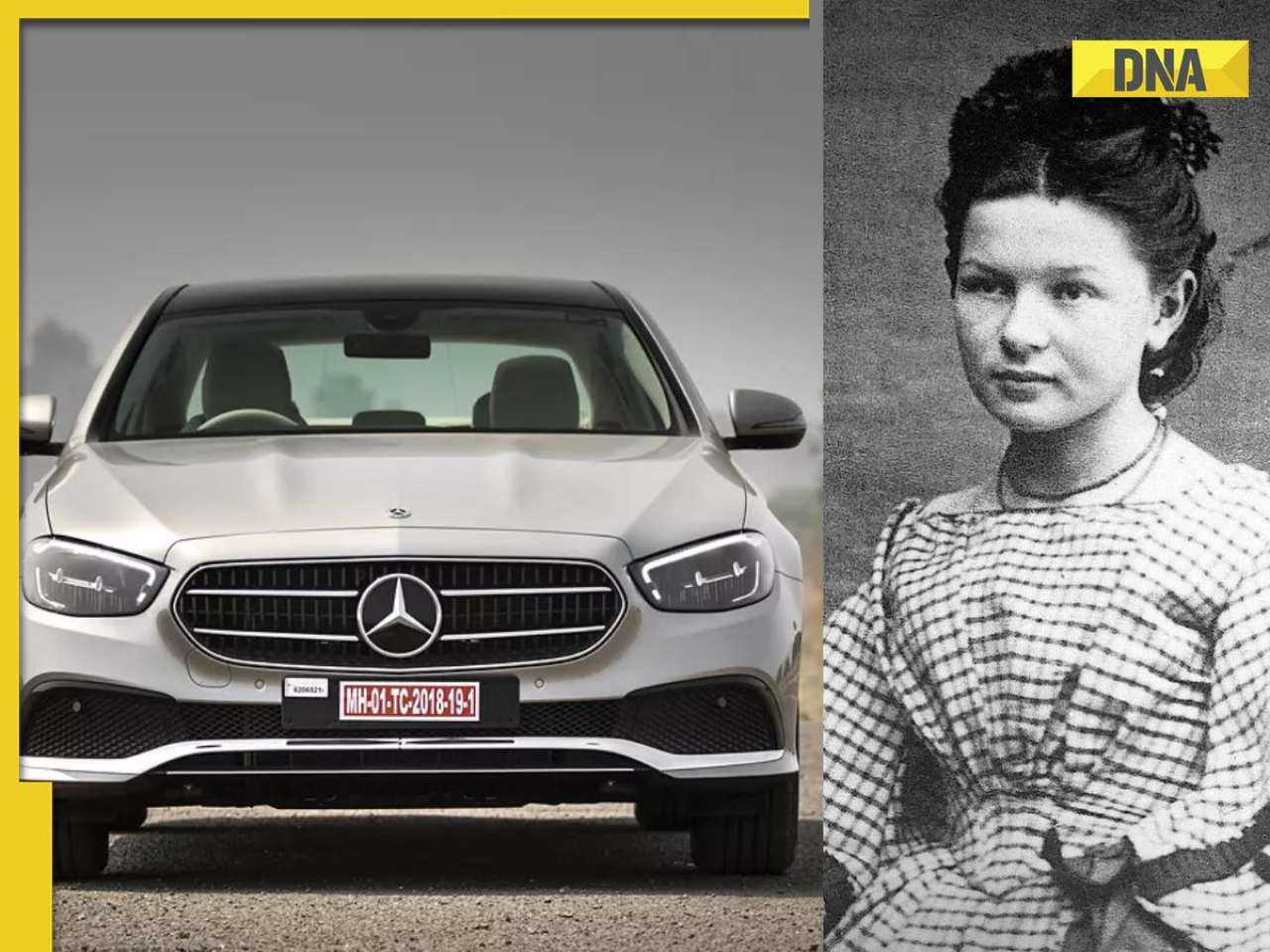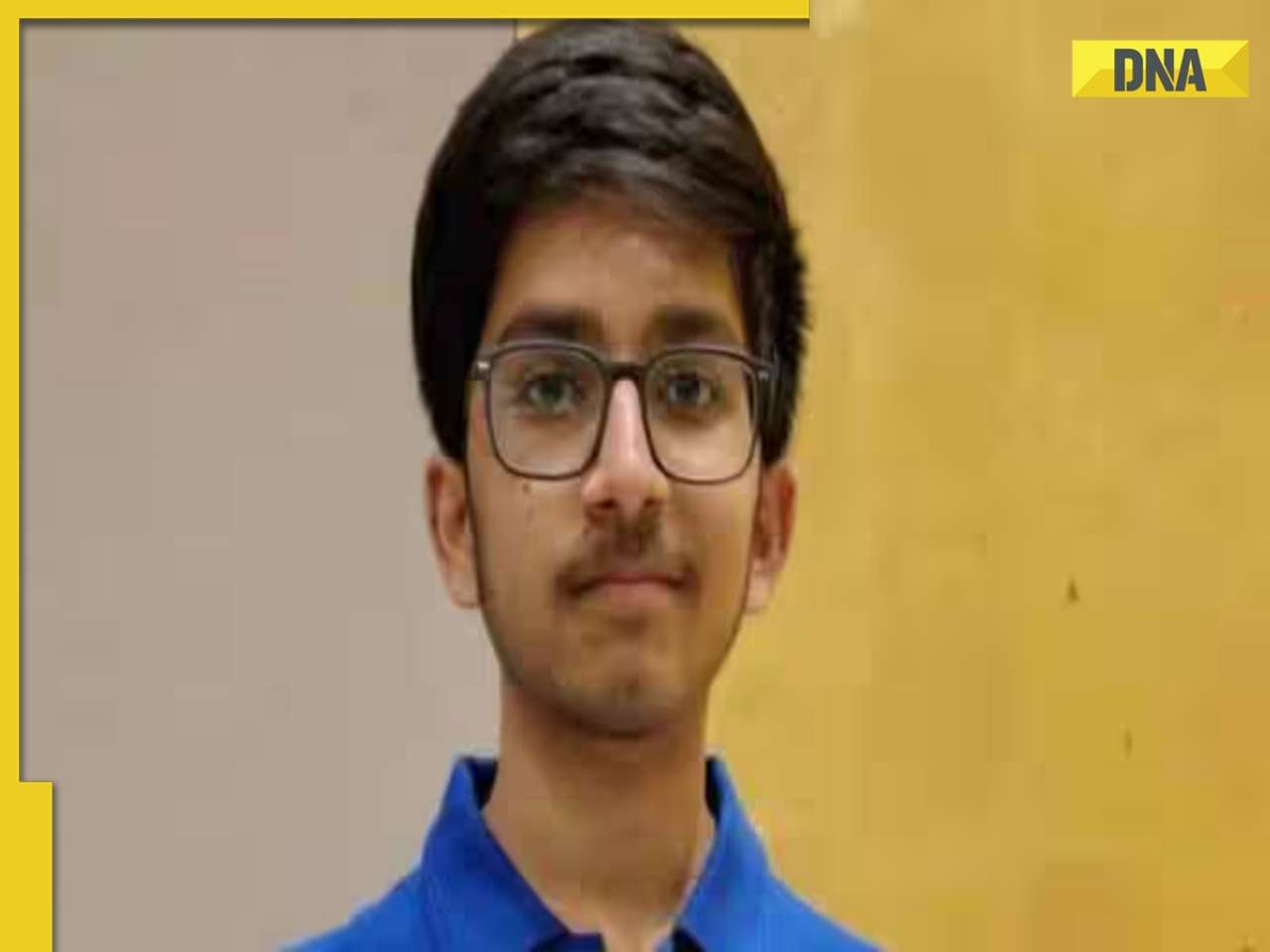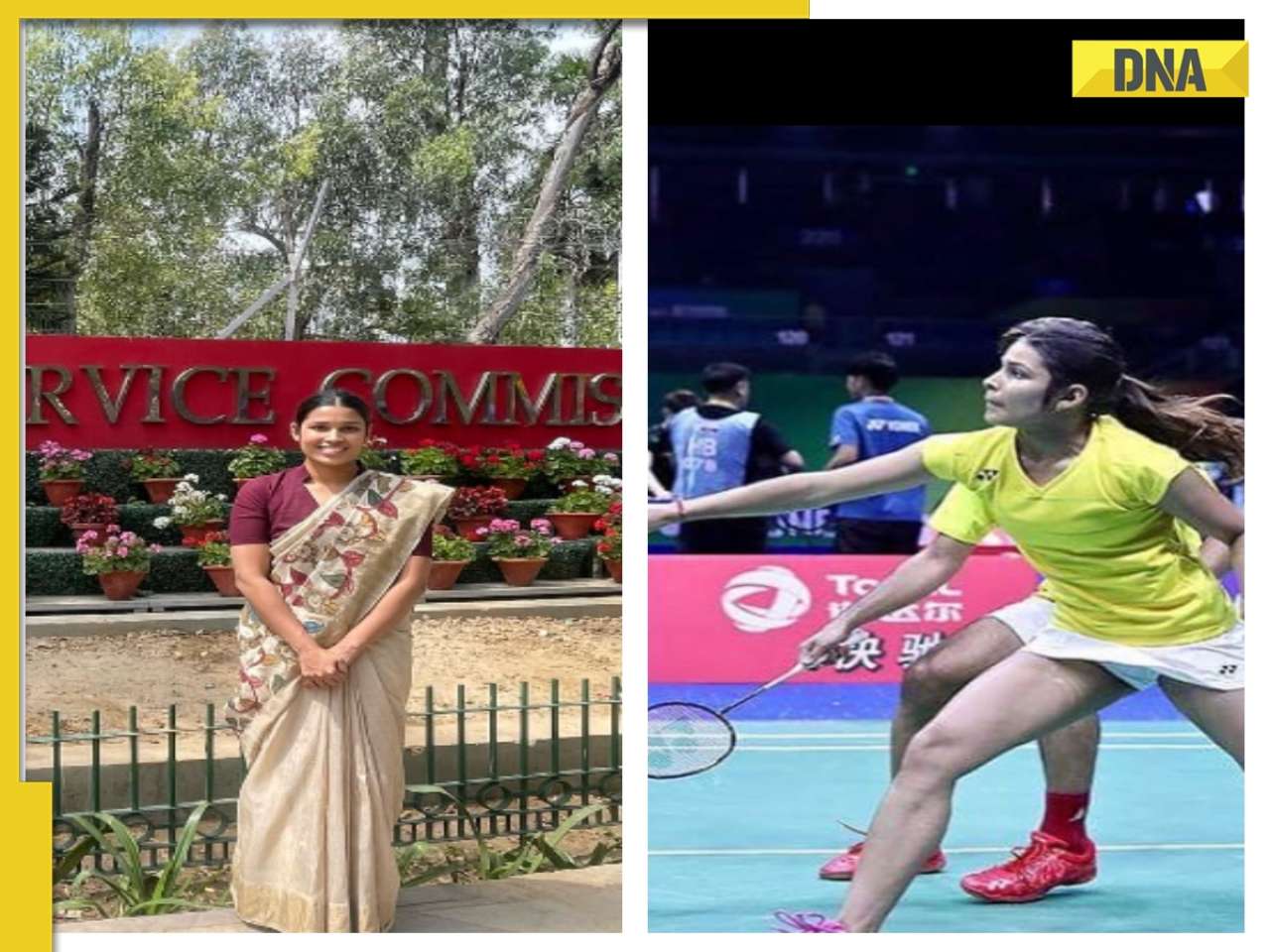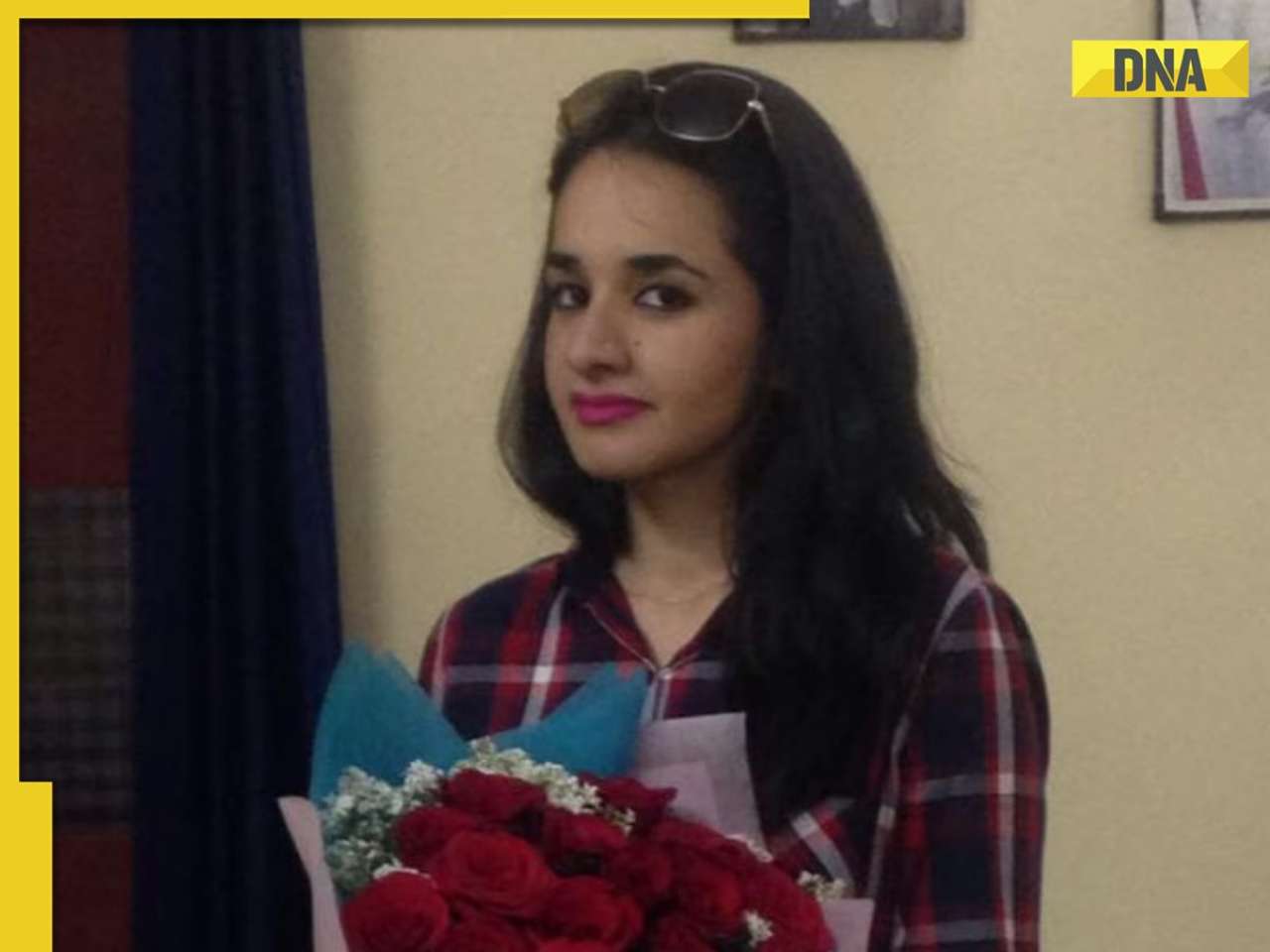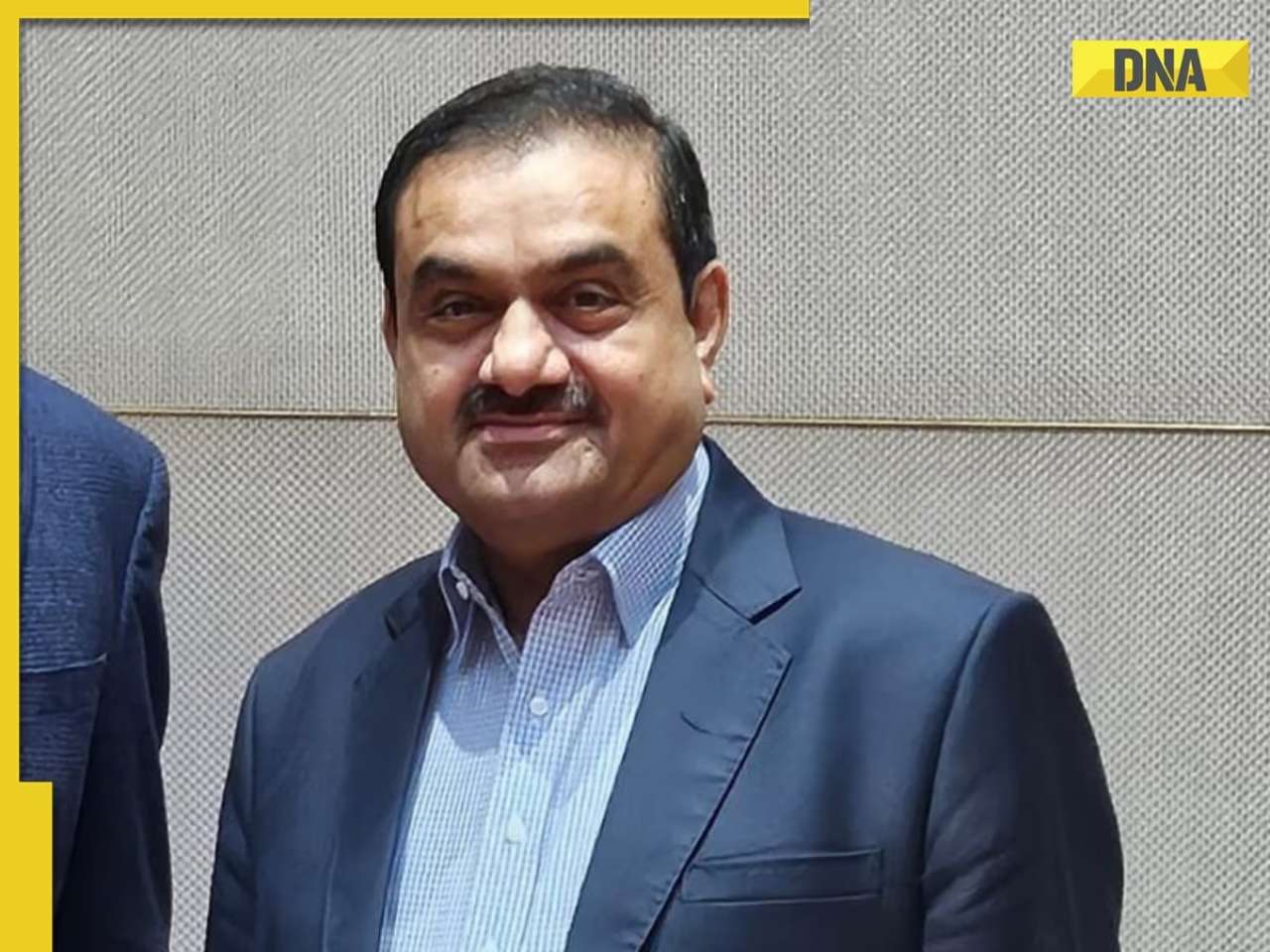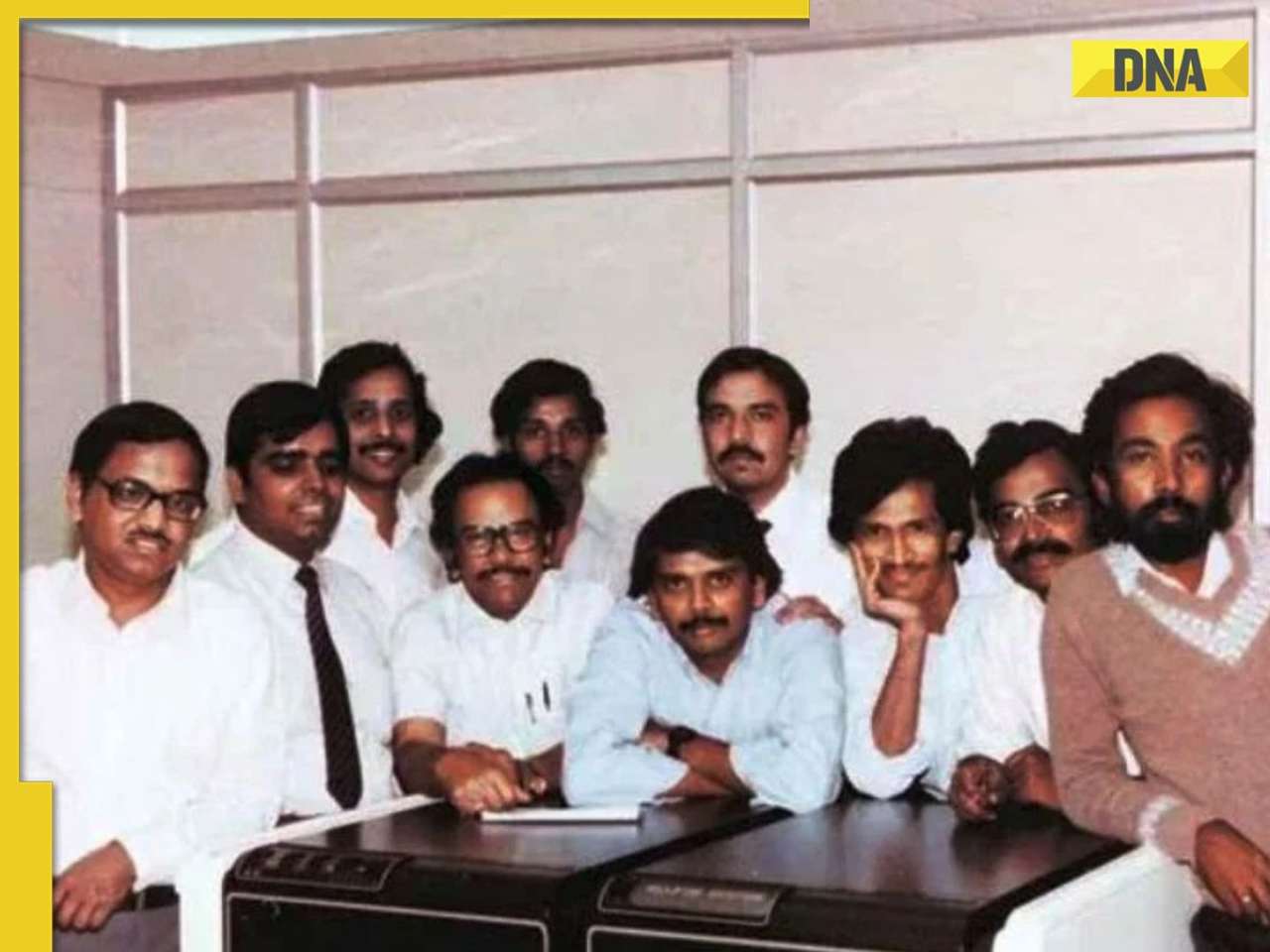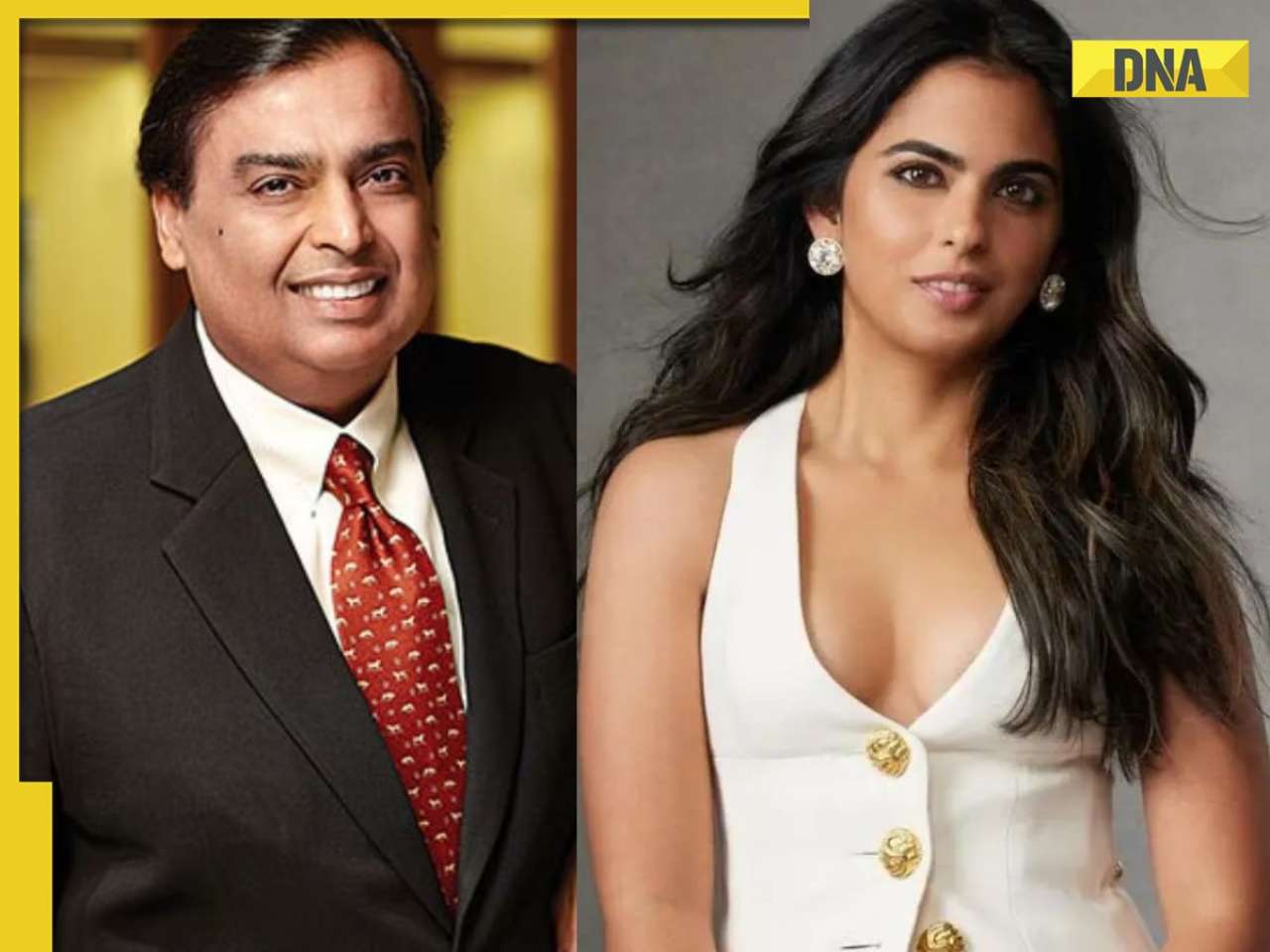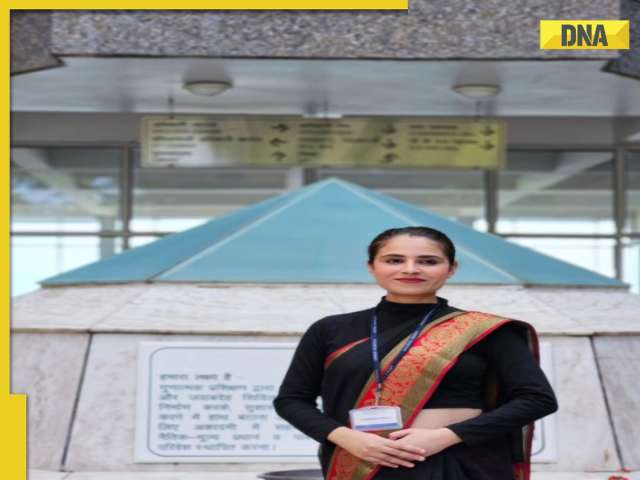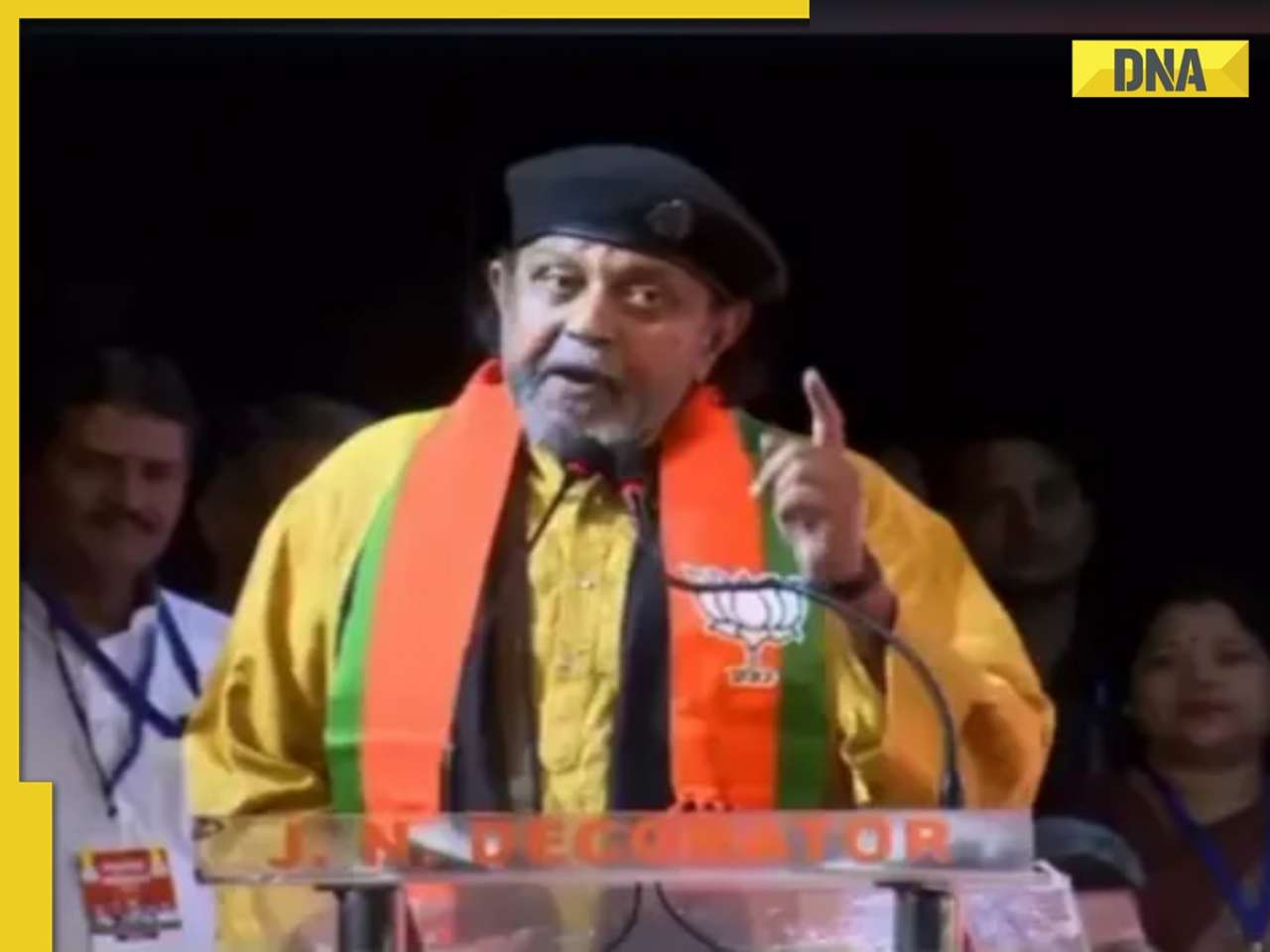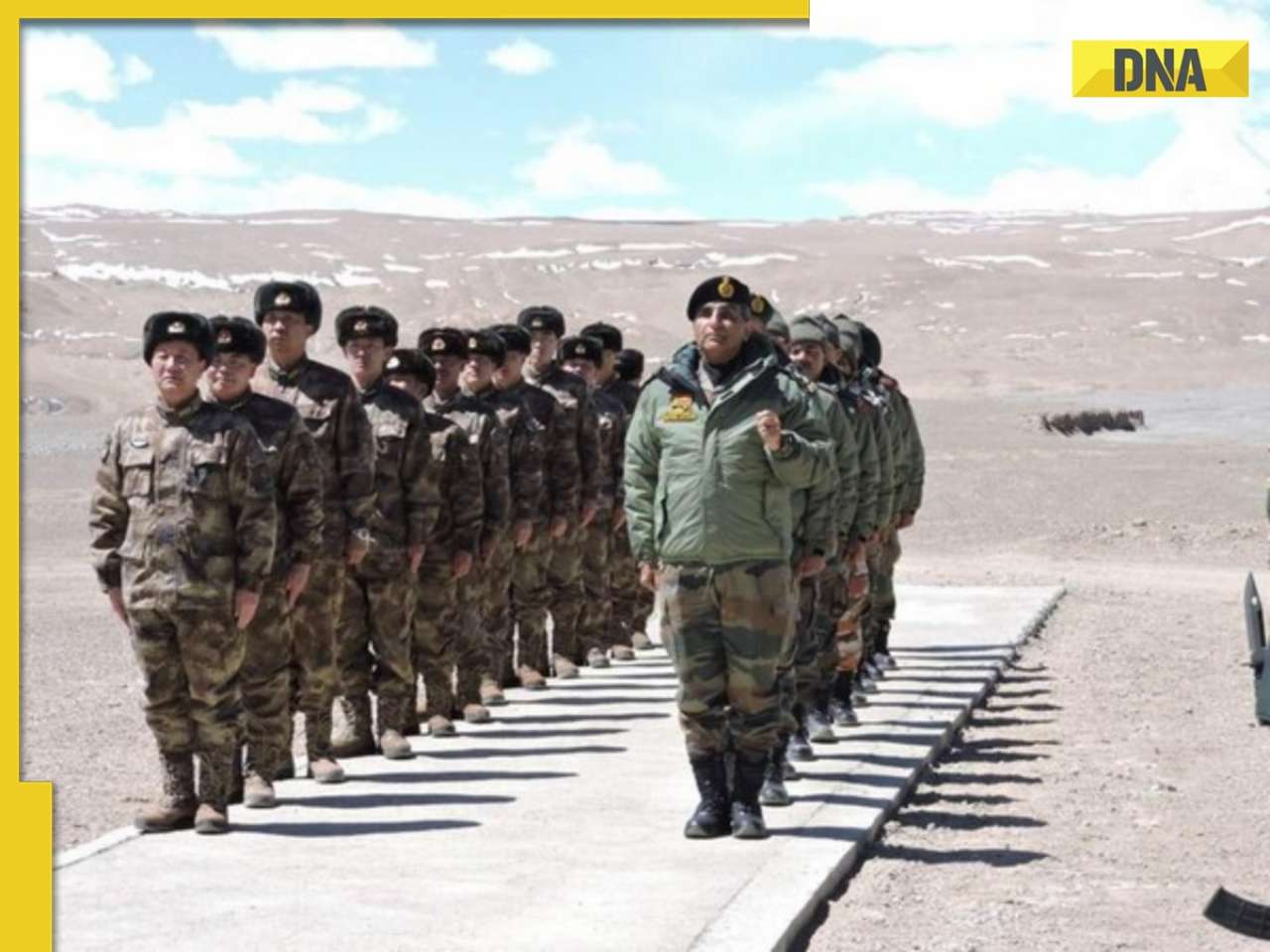- LATEST
- WEBSTORY
- TRENDING
ANALYSIS
Who are we?
Mayank Vahia explores the origins of the peoples of the Indian subcontinent
TRENDING NOW
We all consider ourselves Indians of various hues. But who are the oldest residents of the subcontinent, and who came later? A difficult question to answer. A deeper one would be: who are the humans?
We call ourselves Homo sapiens (wise men), a group that includes Neanderthals and Hominids, both who are now extinct. To distinguish ourselves from our cousins the Neanderthals, we call ourselves Homo Sapiens Sapiens (HSS). The Homo sapiens themselves evolved from other humanoids, the two legged apes.
The recent work of Dr. Shanti Pappu and earlier work by the Deccan College has proved such humanoids existed on the subcontinent almost 2 million years ago. But they don’t seem to have evolved into modern humans (the jury is still out on that).
The more commonly held view is that the first Homo sapiens arose in Africa about a million years ago and migrated across the globe. It is also suspected that the HSS mated with Neanderthals and the Hominids in different parts of the world before these two groups became extinct, probably from conflict with the HSS. So, who our true ancestors are, is not very clear.
Even if we were to go by conventional wisdom and ignore our cousins, anatomically modern humans began migrating out of Africa about 70,000 years ago. These humans had some ideas about life, the universe and everything. They knew how to make fine tools, had a language, decorated themselves with (shell) jewellery, and probably already worshipped Mother Earth and respected their dead.
As they came out of Africa, they began to adapt and specialise in response to their environment. By about 60,000 years ago, there were several groups of modern humans. Originally, there was no great genetic difference between them. But as they developed separately, many differences arose, which have, over time, become sufficiently marked (especially in their genes), allowing us to identify different groups.
Amongst these, as far as our subcontinent is concerned, were three distinct groups: the Austro-Asians, the Indo-Tibetans, and the Indo-Europeans.
The Austro-Asians came along the coast and went on to populate East Asia and Australia. The Indo-Tibetans came along the Central Asian path and eventually split into two groups in Afghanistan: one went to Tibet, the other travelled down the foothills of the Himalayas onto the Gangetic plane and to the eastern parts of India and Myanmar. The Indo-Europeans came east through central Iran and became rooted in central India. Since they went both east and west from Iran, they populated Europe as well, earning their name: the Indo-Europeans. These were the last entrants into the subcontinent, some 40,000 years ago.
It is interesting to note that since then, there is no genetic signal of any major new population coming into the subcontinent – no Aryan invasion, and no British invasion either. But then, even when the British ruled India, they were not present in large hoards. At their peak, they made up only a miniscule fraction of the population. What allowed them to prevail was superior technology and better management of human resources. Also, the subcontinent had disintegrated into several small kingdoms that did not have the resources to withstand a determined and well equipped adversary.
Links between Iran and the subcontinent were quite close about 5,000 years ago, and the population went back and forth continuously. Over time, people changed their social affiliations and religions (to suit the local ruler or on being swayed by religious teachers), but no new population arrived in any discernible size. In fact, the Austro-Asians eventually seemed to have migrated out in large numbers considering their genetic signal is weak amongst the Indian population, with most of it found only in rare, isolated tribes in Odisha and the Andaman and Nicobar islands. Similarly, the Indo-Tibetans remain confined to India’s far-eastern parts and in the Tibetan plateau.
About 5,000 years ago, there were two dominant groups in India: the Indo-Iranians and the Dravidians. They would eventually merge to form the dominant genetic group in India today, with only minor regional differences. So, genetically speaking, most Indians today are either Indo-Europeans or Indo-Tibetans, and there has been inbreeding between them. In fact, the genetic diversity of the subcontinent is small, and genetic studies of Muslims in India shows them to be closely related to higher-caste Hindus, suggesting they converted to Islam since that was the religion of their king.
Instances of small groups of people coming from outside and completely dominating the Indian landscape seems to have occurred several times. The Harappans seem to have been overwhelmed by a small number of Persians, who brought horses and other ideas to India about 4,000 years ago. With time and revivalist movements against decaying practices in Hinduism, Buddhism and Jainism arose. Buddhism became an important part of the Indian landscape in the post-Ashokan period, about 2,300 years ago.
So when did India become divided into castes and other systems? New genetic data suggests the caste system took roots about 2,000 years ago, when people started to segregate and endogamy (marriage within the same group) became the prevalent practice.
Christianity arrived in India as early as 70 AD, then Islam, about 900 years ago, bringing their own ideas and beliefs. More recently, some 200 years ago, the British arrived with their own skills and technology to lord over India.
Now, to address the issue of religion. First, there is a problem defining what exactly Hinduism is. The Harappans were not idol worshippers, and didn’t seem to be particularly religious either. Stray evidence of a sitting person on a clay tablet has been claimed to be proto-Shiva, and hence the claim is made that they were Hindus. But this is inconclusive as there is no good archaeological evidence of any kind of religious activity or places of worship amongst the Harappans.
There are other issues. The oldest parts of the Rigveda talk of gods common to the religion of the Persians, who worshipped Mitra, Darush and others mentioned in the Avesta. If you consider this Hinduism, then it is in fact an import from Iran, around 4,000 years ago.
But the Rigveda is far more complex and rich in content. We know almost nothing about the creators of a large part of this book, nor can we speculate about their original location on the planet without being able to prove or disprove any idea.
To make matters even more complicated, Hindus identify with different gods and have changed their primary gods over a time, along with religious practices. The modern form of the temple (or specific places of worship) did not come to India until 500 BC, and idols came even later.
New religions and ideas have come to India in such variety, that it has often been called a crucible of ideas. But which people followed which religion? Here, the genetic data seems to be quite unequivocal: since there has been no large-scale addition of people to India in the last 40,000 years, it is the same people who have adopted different ideas at different times, depending on their needs. Ideas have come, and society has been reorganised several times over.
So if India belongs to its earliest inhabitants, it seems that people of all religions who inhabit this land can claim to be its original inhabitants, simple accepting different religions at different times. Alternately, if we have to expel all imported religions, we will have to get rid of all religions and all followers of these religions, since the Harappans were not Hindus as we understand the term today. Also, Sanskrit, the core language of the Rigveda, is an Indo-European language, suggesting that the language at least is an import.
In fact, to be really fair, the entire group of Homo Sapiens Sapiens should be asked to quit the land and it should be handed back to the Neanderthals, who came here almost 2 million years ago, long before the HSS who wiped them out. It will certainly do a lot of good to all other life forms that also claim this land as their own…
Dr Mayank Vahia is a scientist working at the Tata Institute of Fundamental Research since 1979. His main fields of interest are high-energy astrophysics, mainly Cosmic Rays, X-rays and Gamma Rays. He is currently looking at the area of archeo-astronomy and learning about the way our ancestors saw the stars, and thereby developed intellectually. He has, in particular, been working on the Indus Valley Civilisation and taking a deeper look at their script.
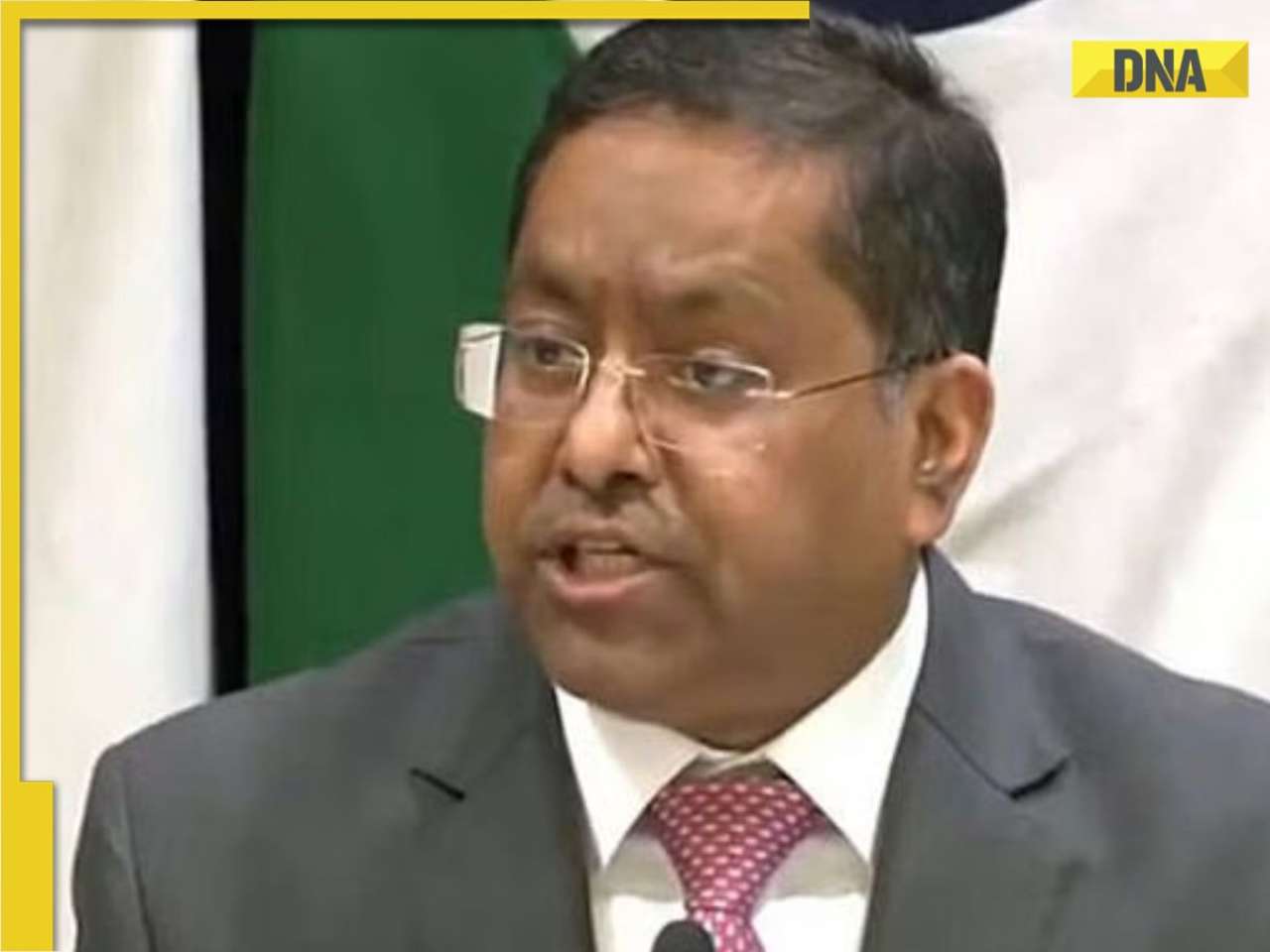
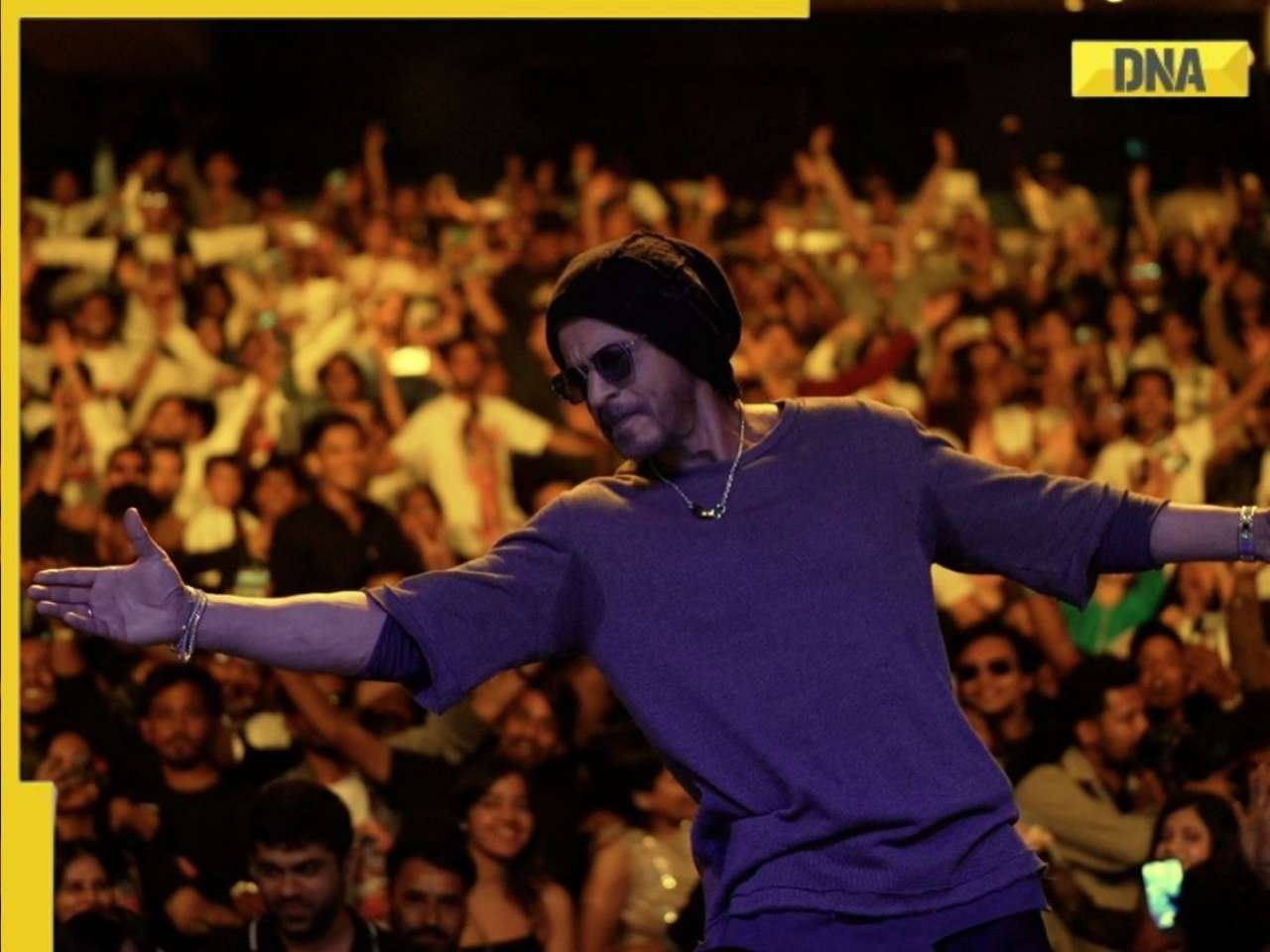
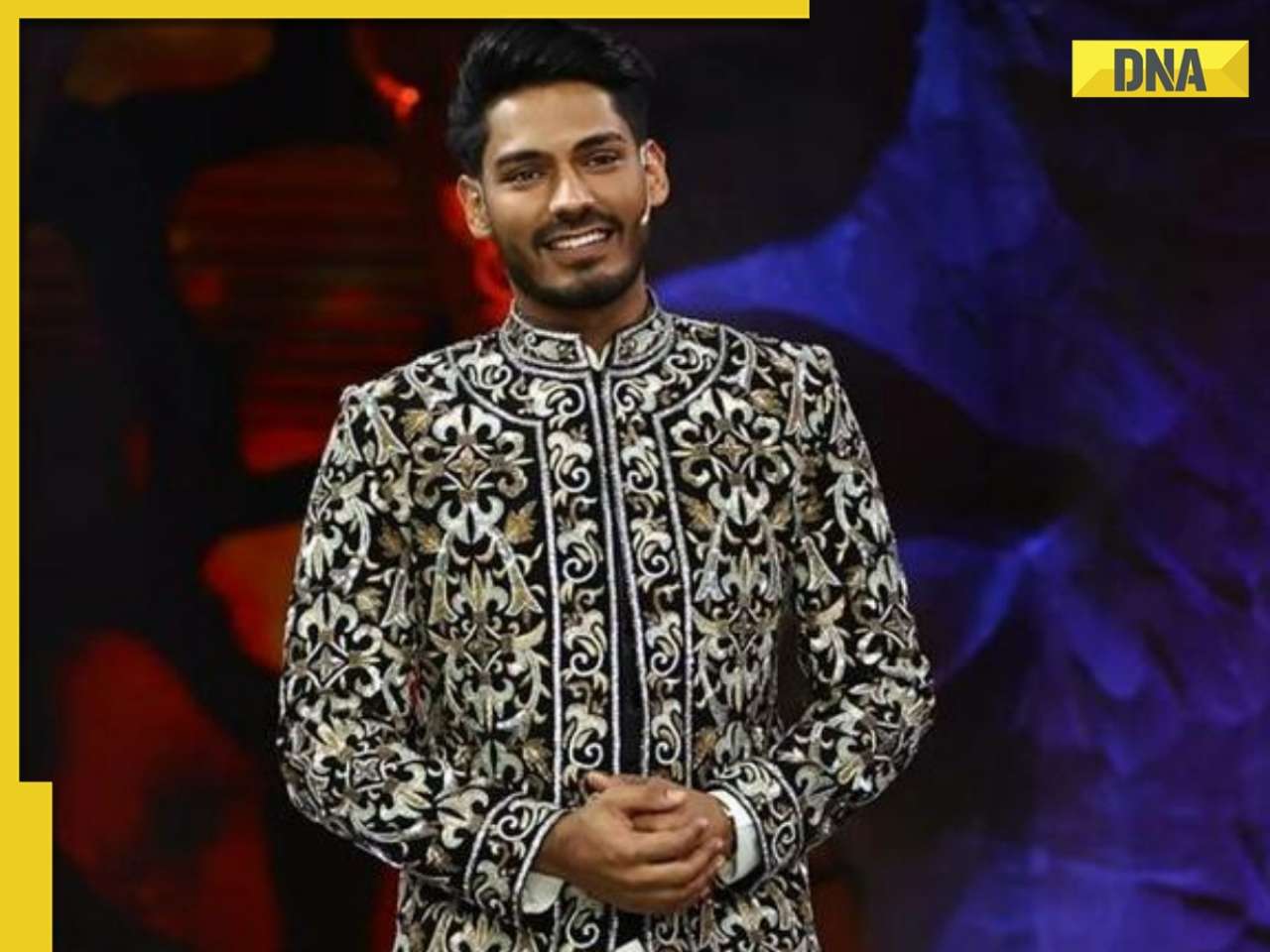




)
)
)
)
)
)
)
)
)
)
)
)
)
)
)
)





